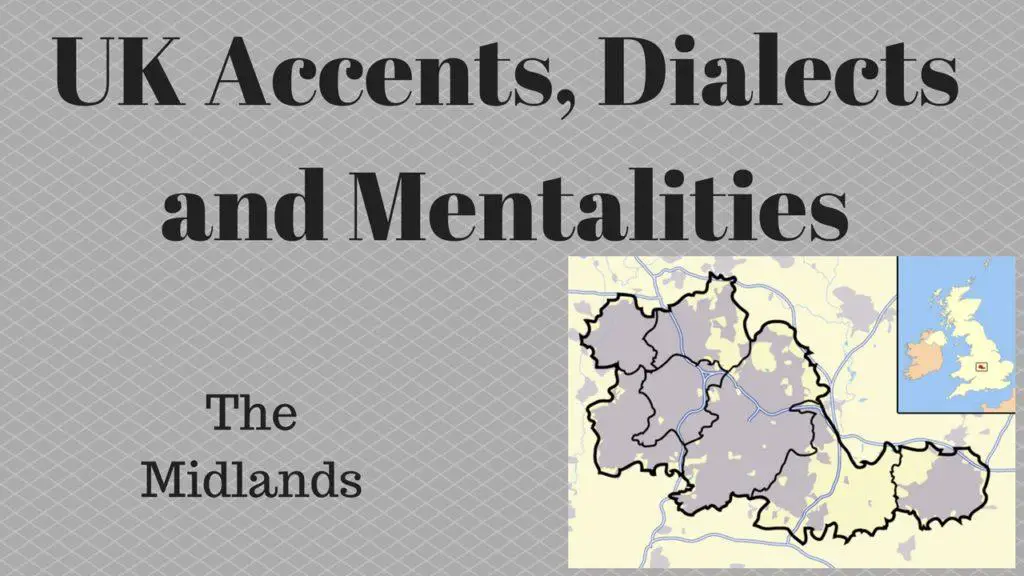Say No Professionally – Introduction
Saying “no” at work can feel uncomfortable – especially if you’re worried about sounding negative, unhelpful, or even rude. But knowing how to say no clearly and politely is a crucial communication skill. It helps you protect your time, maintain healthy boundaries, and build respect – all without damaging your professional relationships.

In this article, you’ll learn how to refuse requests diplomatically, use polite English to soften your message, and avoid common mistakes. We’ll also explore the differences between UK and US styles of communication when saying no.
This builds on Polite and Diplomatic English: Handle Difficult Conversations at Work and links to our community for professionals who use English at work, where you can practise useful phrases and share experiences.
Why Saying No Is a Professional Skill
Many people think that saying no is uncooperative. In fact, saying yes to everything can lead to stress, missed deadlines and burnout. A well-delivered no shows that you’re focused, aware of your limits and respectful of others’ time.
The key is to say no without sounding blunt or dismissive.
Core Strategies for Saying No Politely
Here are 5 techniques to help you decline professionally:
1. Start with Empathy or Appreciation
This softens your message and shows goodwill.
✅ “Thanks for thinking of me for this project…”
✅ “I really appreciate you reaching out…”
✅ “It sounds like a great idea…”
❌ Avoid jumping straight into “I can’t” or “I won’t” – it can feel abrupt or cold.
2. Be Clear, Not Vague
Being vague sounds polite but creates confusion.
❌ “I’m not sure I’ll have time…”
✅ “I won’t be able to take this on right now because of other priorities.”
Don’t leave people guessing – polite doesn’t mean unclear.
3. Offer a Reason (Optional – but Often Helpful)
Giving a short explanation can make your “no” feel more reasonable and considerate.
✅ “I’ve already committed to another deadline this week.”
✅ “This is outside my area of focus at the moment.”
Be honest – but avoid too much detail.
4. Suggest an Alternative (If Appropriate)
If you want to help in some way, offer a different option.
✅ “I can’t do that today, but I’d be happy to review it early next week.”
✅ “I’m not the right person for this, but you might try speaking with Jane.”
Alternatives show cooperation without overcommitting.

5. Use Softening Language
In UK English, softeners and indirect phrases are common:
- “I’m afraid I won’t be able to…”
- “That might be difficult at the moment…”
- “I don’t think I’m the best person for this one…”
US English tends to be more direct but still polite:
- “Unfortunately, I can’t commit to that right now.”
- “I’d love to help, but I’ve got too much on my plate.”
Adjust your tone depending on your workplace culture.
Example Phrases for Different Situations
Saying no to a colleague:
✅ “Thanks for thinking of me, but I’ve got a few urgent tasks I need to finish first.”
✅ “I’d love to help, but my schedule’s packed this week. Let’s check in next time.”
Saying no to your manager:
✅ “I understand this is important. Could we look at priorities together, as I’m at full capacity right now?”
✅ “Would you be open to someone else taking this, since I’m currently focused on the X project?”
Saying no in a meeting:
✅ “That’s an interesting idea. I don’t think we can take it on just yet, given our current workload.”
✅ “It might not be realistic right now, but let’s revisit it next quarter.”
Cultural Notes: UK vs US “No”
In the UK, indirectness is seen as polite. You may hear:
- “That could be a bit of a stretch, I think…”
- “Let me see what I can do” (which often means no).
In the US, clearer boundaries are more accepted:
- “I can’t take that on, but thanks for asking.”
- “Let’s circle back another time.”
Wherever you are, aim for clarity and courtesy.

Say No Professionally – Summary
Saying no professionally isn’t rude – it’s respectful and responsible.
Use:
- Empathy or appreciation to start
- Clear, honest reasons
- Softening language where needed
- Alternatives if possible
Over time, people will respect your boundaries – and your communication skills.
For more tips and practice, visit our community for professionals who use English at work, or check out Polite and Diplomatic English: Handle Difficult Conversations at Work for more guidance.


